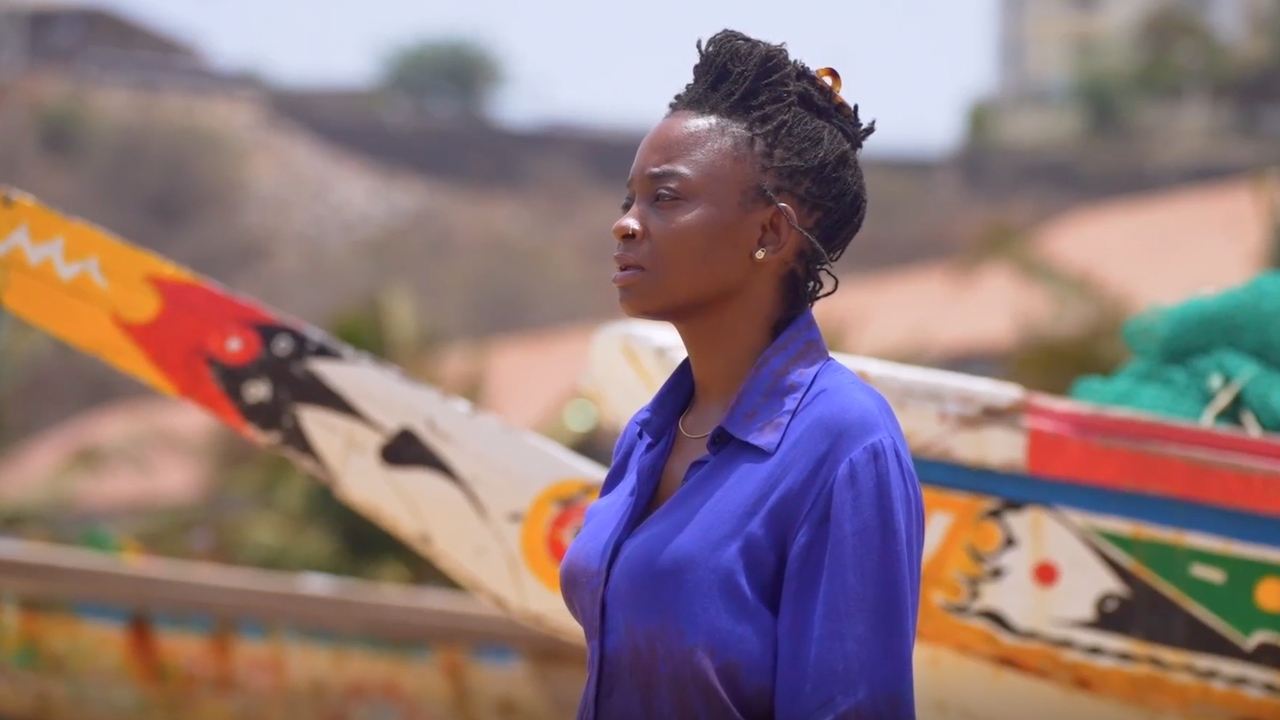Spectres
We learnt at the outset of ‘Spectres: When Fashion Turns Back’, curated by Judith Clark, that there were no explanatory captions on the exhibits. Instead a folded sheet of paper, serving as guide and plan, gave designers’ names, dates of dresses, and materials used. On the reverse was a set of Victorian ‘Happy Families’ cards: Mr Bun the Baker, Mrs Boot the Sweep’s wife, Master Bones the Butcher’s son, Miss Chip the Carpenter’s daughter. Each caricature is precisely who it says it is. Name, function and look coincide: the barber’s wife wears a comb; the sooty sweep carries sticks; the painter’s daughter decorates her cheeks with blusher. The aim of the game is to reconstitute each family as subset. Such a simple reordering of the already orderly counteracted the theme of the show, where surfaces misled, dissolved into a sphere of pure referentiality without history. Everything was the context for everything else, jumbled and refracted. The substance of fashion was wilfully turned into a side-show and not the main event.
Victoriana appeared to be the vortex from which all the show’s themes emerged, repeating Surrealism’s rediscovery of solid, substantial 19th-century culture as uncanny, layered and absurd. On entering, the visitor was confronted by a series of fairground attractions. First, there were peep-show booths, evoking the legacy of Henry Pepper, a 19th-century showman. Pepper developed a method of showing off-stage actors via ghostlike reflections. A mannequin wearing a Branquinho design and baptism robe replicated the optical illusion here – entertainment as much about what is not there as what is. In the peep-shows details were magnified or blurred, distorted through kaleidoscopes or otherwise altered. Dresses by Madame Grès and Bruno Peters and a T-shirt and skirt by Hamish Morrow blasted into focus in the viewfinder, only to be undermined by visual trickery.
Moving through the gloomy light, quotations from Caroline Evans’ book Fashion at the Edge (2003) stencilled onto the exhibits plinths echoed Walter Benjamin’s own echoes of Surrealism’s echoes of Victoriana. Concealed in the deep blackness of Victorian fashion and overlaid by its frills and bustles is a shadow world of ruin, nostalgia, deception and disquiet, now made manifest. The coherent history of fashion is not what it seems, and we can become aware of this only once it is reshaped as something insubstantial; as a small detail on an Elsa Schiaparelli or Mary Quant dress, a silhouette taken from a drawing by Ruben Toledo or a shadow cast by a magic lantern. Each exhibit be it the imitation of the ‘card game of parts’, the merry-go-round or the marionette theatre seemed to insist that fashion be defamiliarized in order to become itself again.
Silhouettes, phantoms, distorted reflections and cut-outs crowded out this phantasmagoria. Their flatness was familiar from the fashion plate, where clothing is wrenched out of the three-dimensional depths of lived-in dress in order to be set in a constellation, flashed in the present. A centrepiece installation of three cogwheels twirled dresses from across a range of periods, fusing past and present forms, textures, patterns and themes. Its circling was rigid and repetitive, with the same dresses meeting over and again. In this reference to Jean-Ignace-Isidore Grandville’s 1844 cartoon of the wheel of fashion was an echo, intentional or otherwise, of fashion’s conformist push, its mechanical a-humanism and its fetishistic anti-historicism.
The guiding words of the show were spectre and spectacle, both traced to the Latin root specere, ‘to see’. However, unacknowledged here was the rebellious and critical meaning of both terms. The Situationists used ‘spectacle’ to attack the frozen ideology and mystificatory structuring of social relations in capitalism, creating strategies directed at thwarting it. That the show obscured these spins of meaning is odd, since its unacknowledged legislator was Punk and the boutiques of Vivienne Westwood and Malcolm McLaren. Both used political rebellion and Situationist theory to détourne fashion: as ruin, palimpsest, referent and criticism. But here in the fairground the eccentric forms tended to sink back into the shadows, just pretty dresses and exquisite outlines.
Nowadays the optical experience is in vogue. From ‘Eyes, Lies and Illusions’ at the Hayward (2004) to the new exhibits flanking the Euston Road at the Wellcome Institute, every show has a zoetrope. We want to see shows about seeing. We want to look at ourselves looking and to experience, if not understand, the mechanisms of deception.















